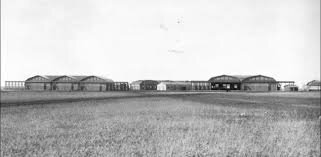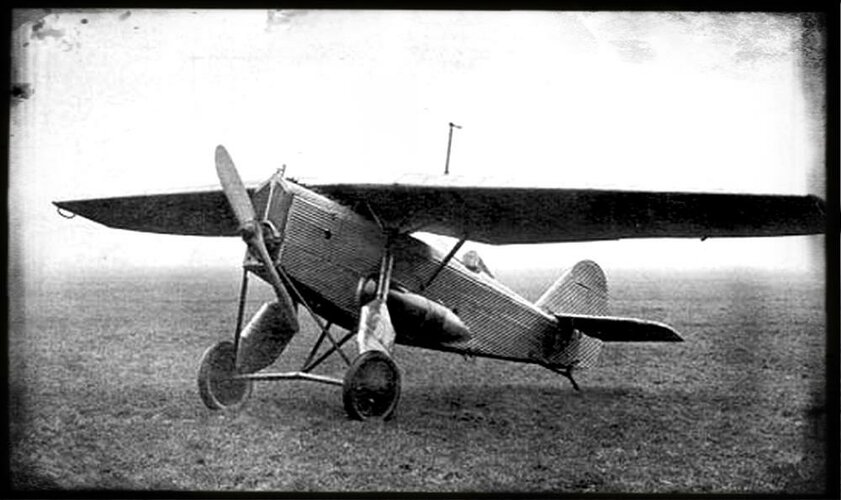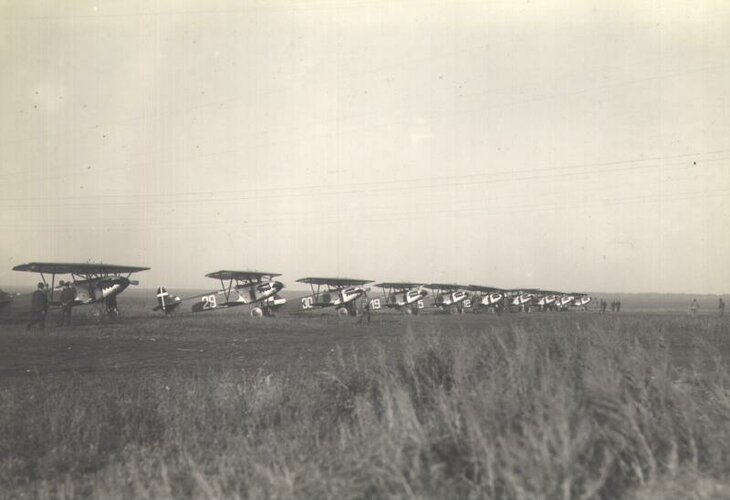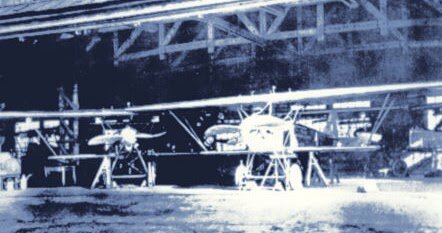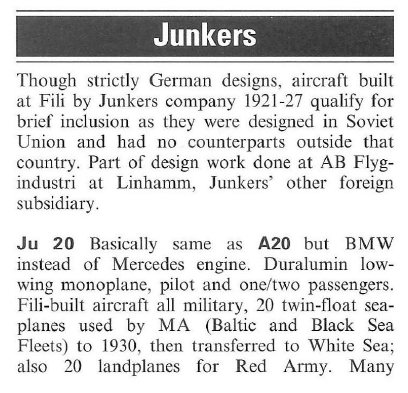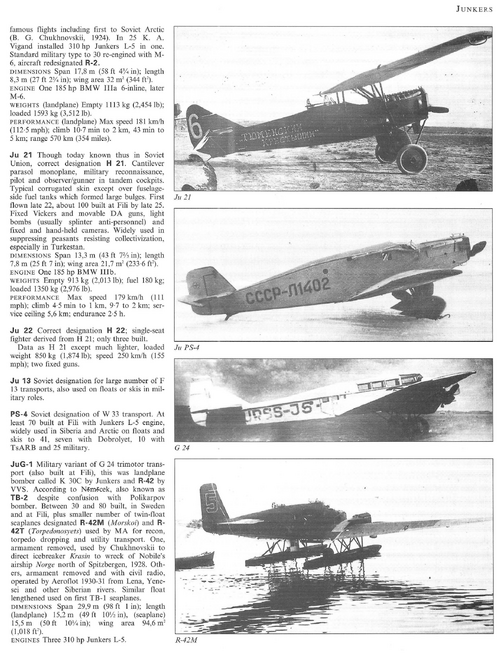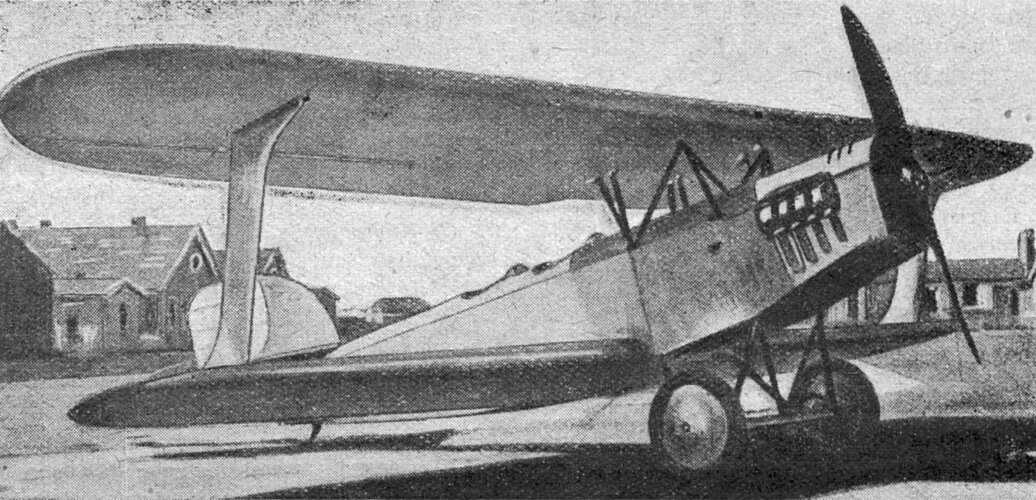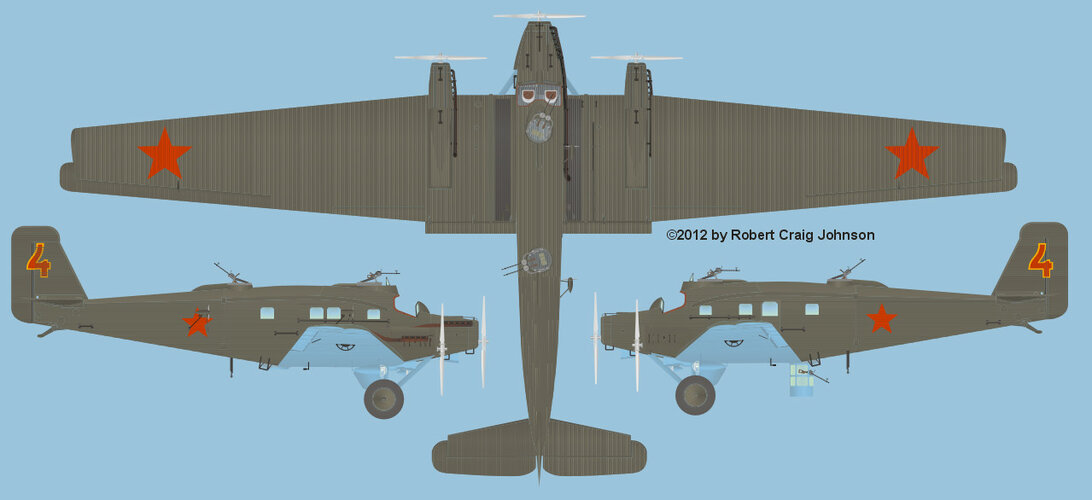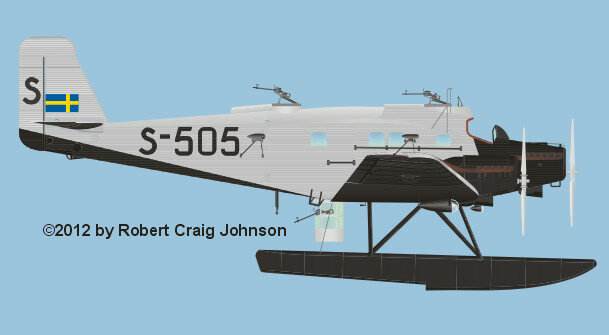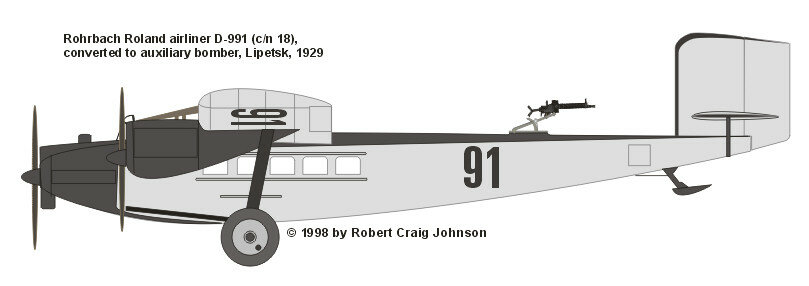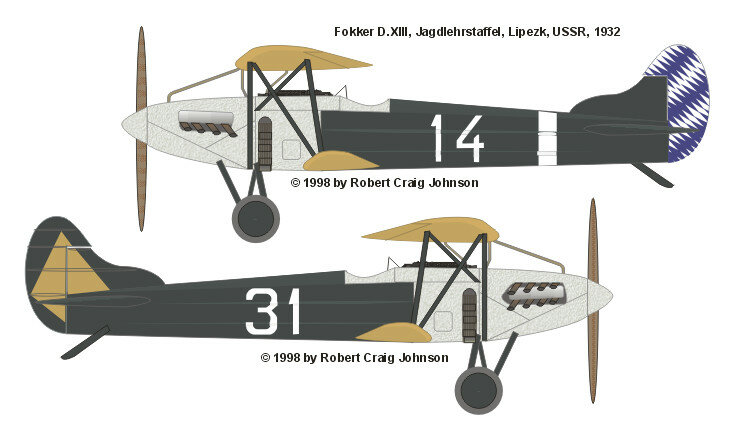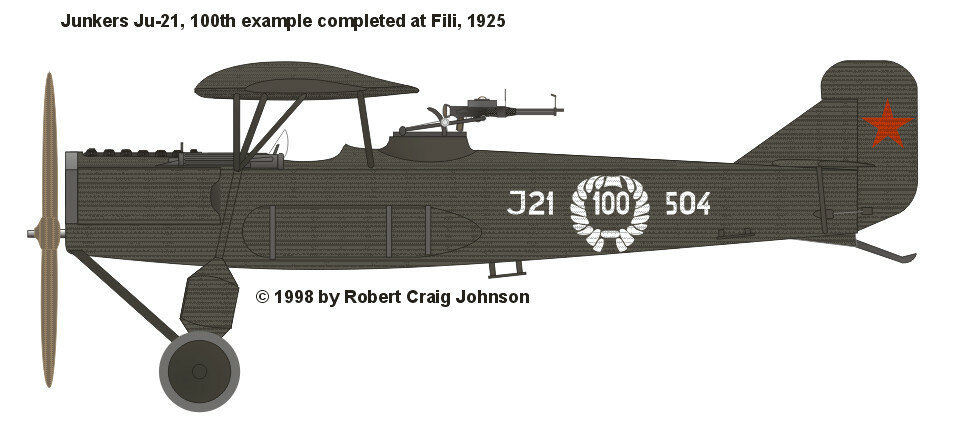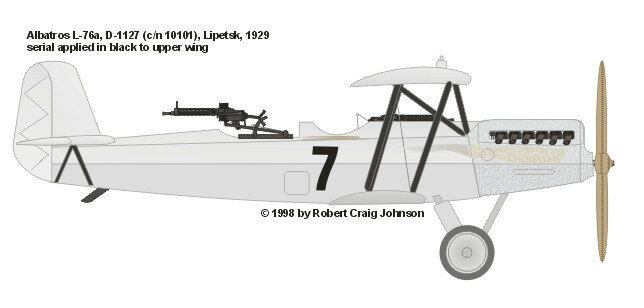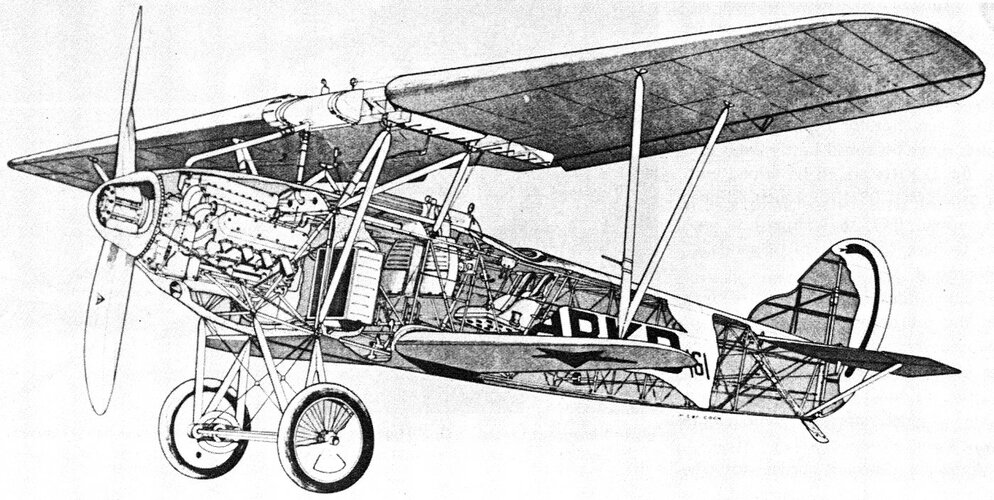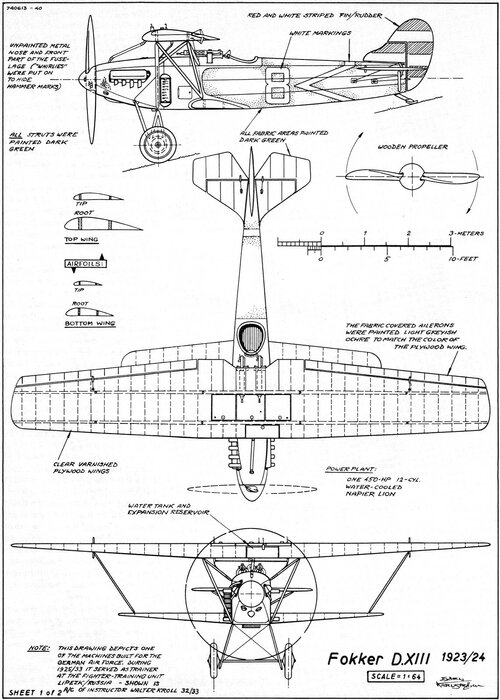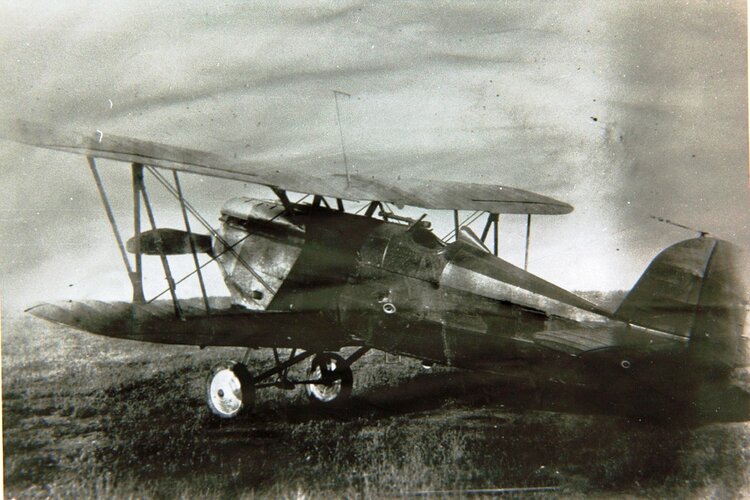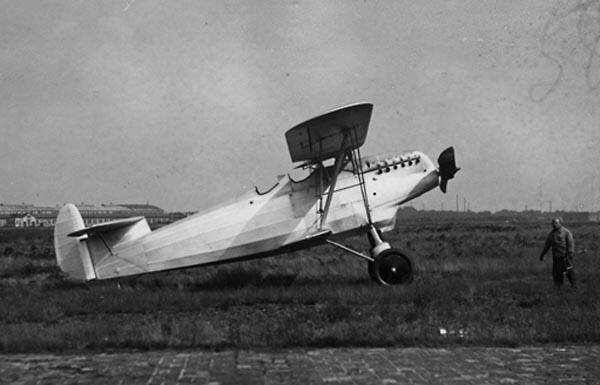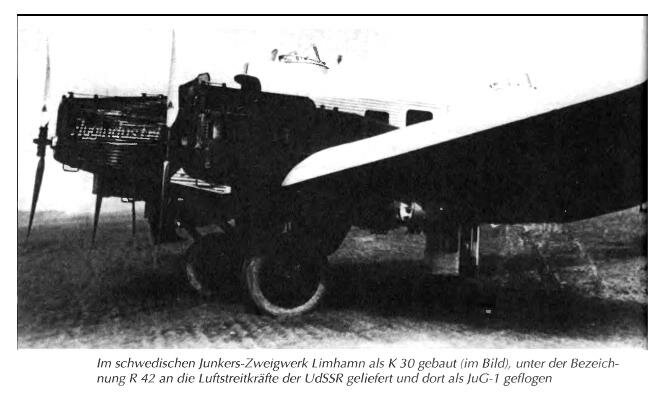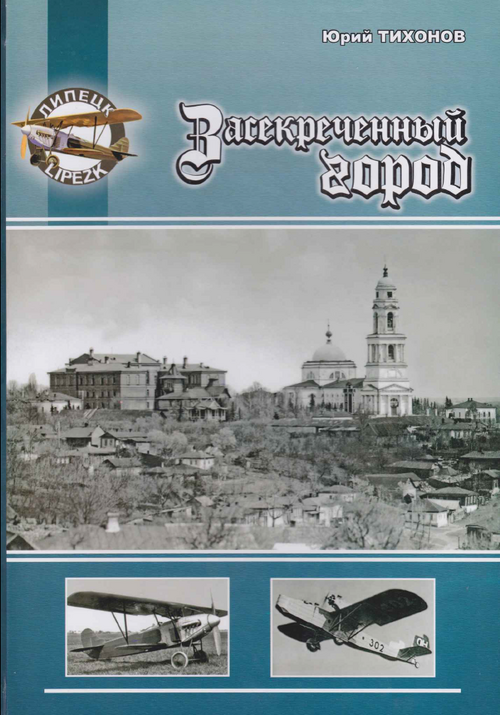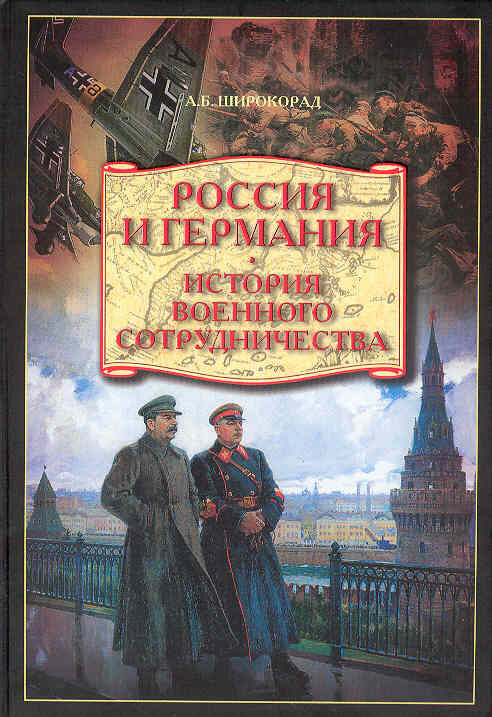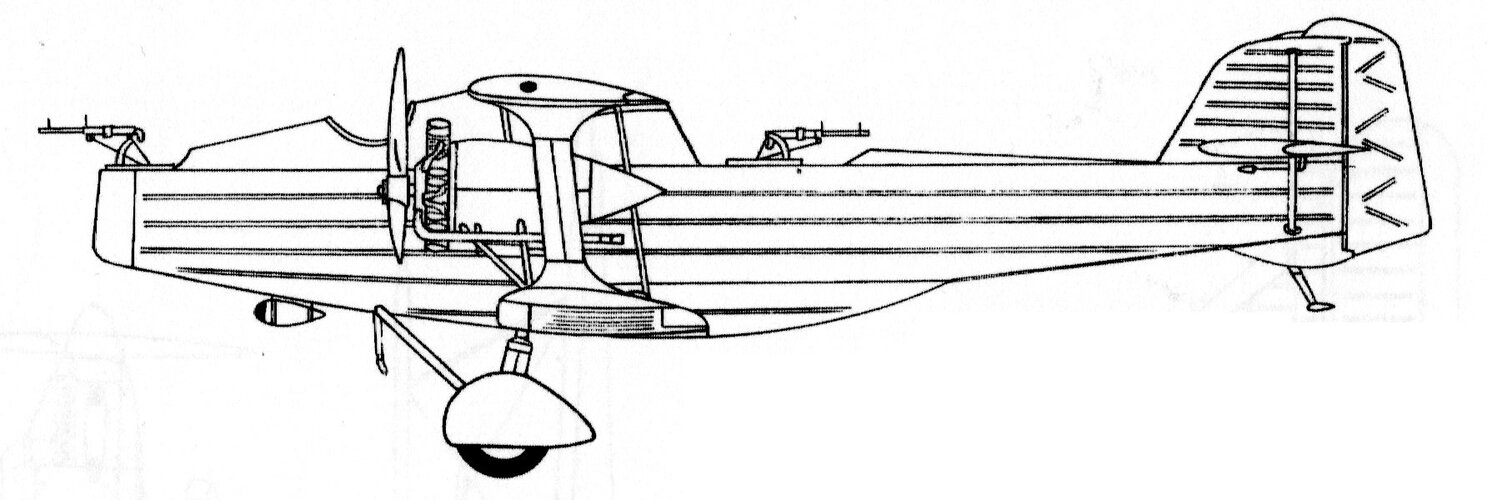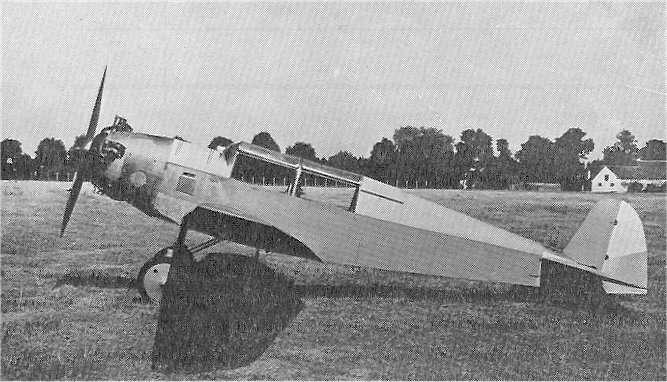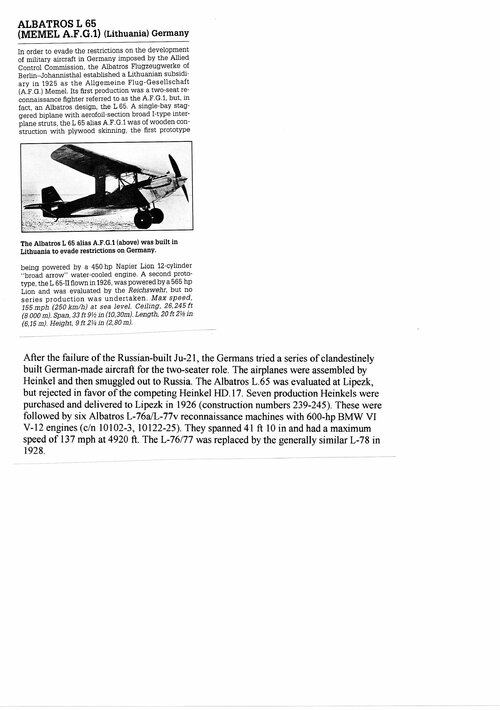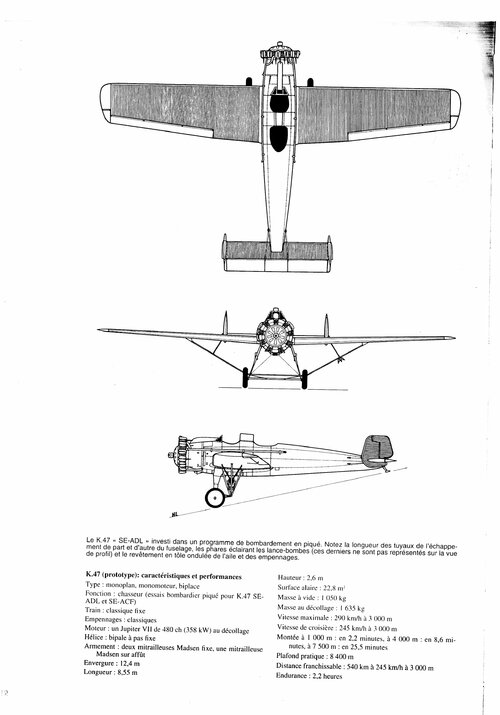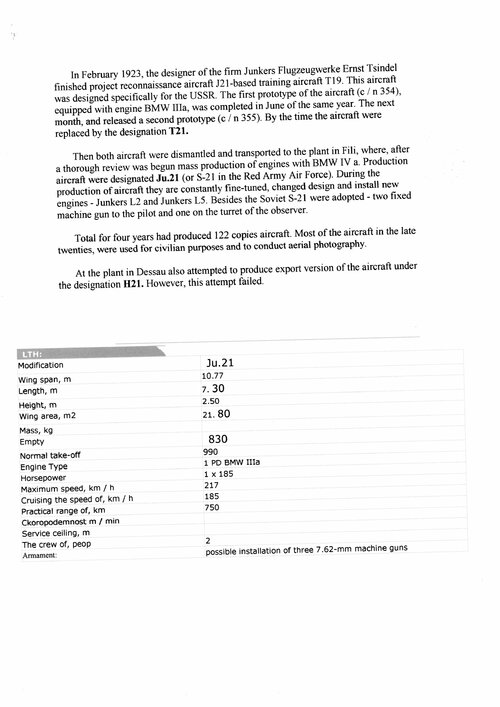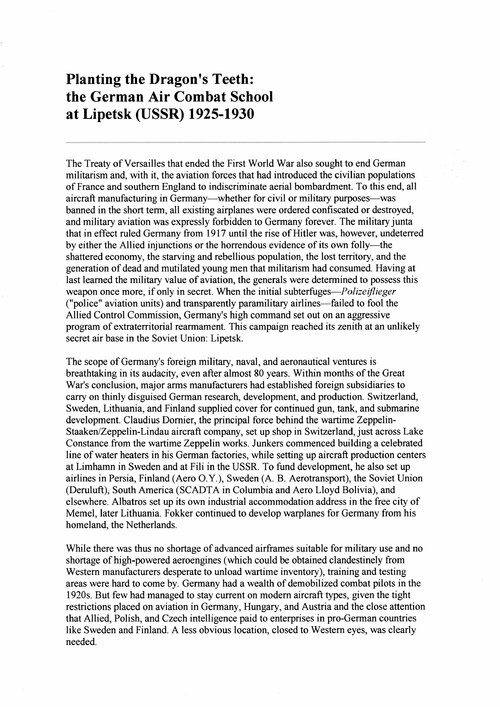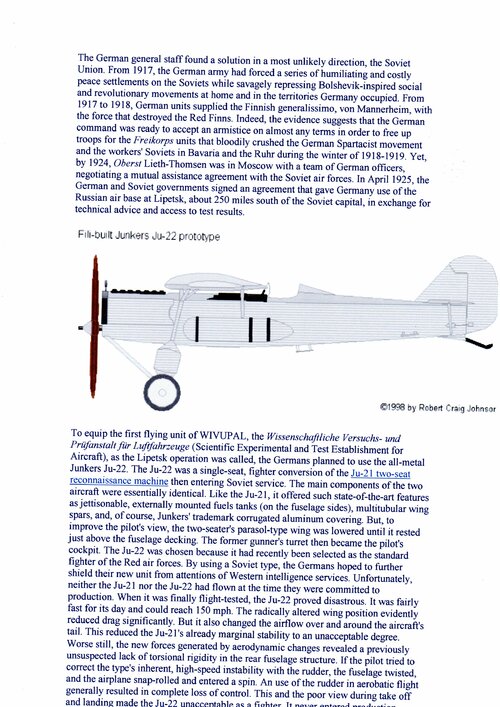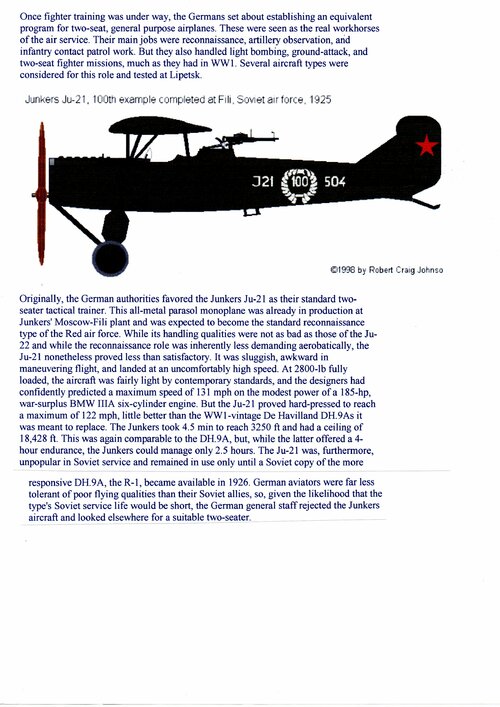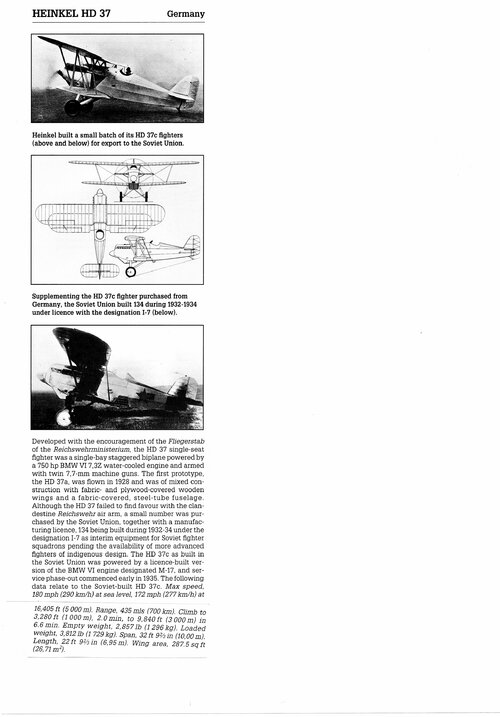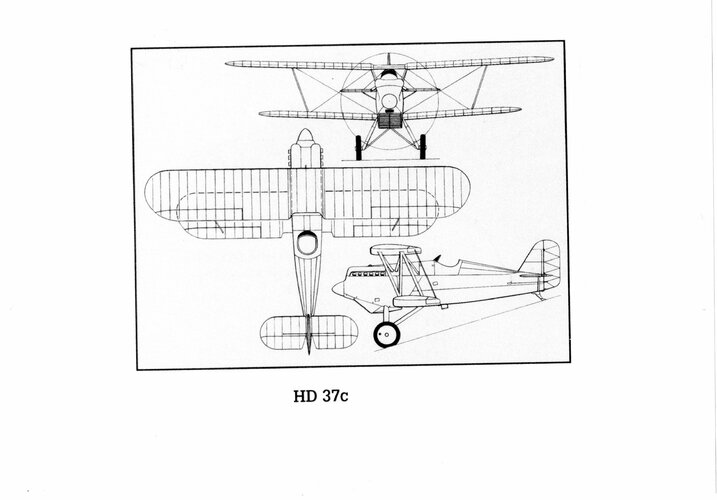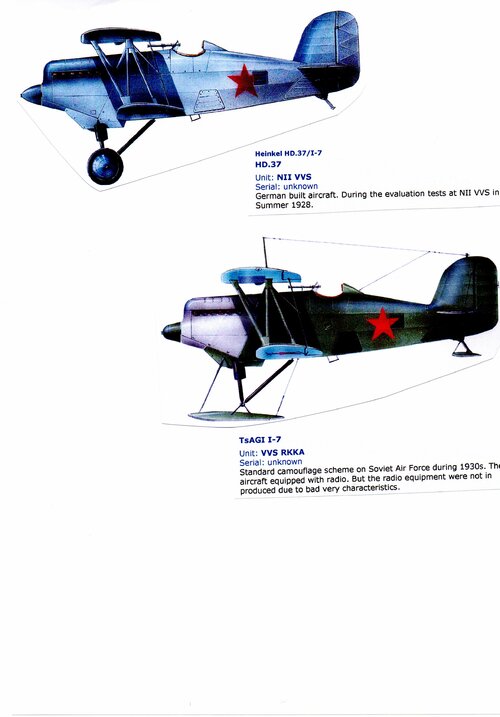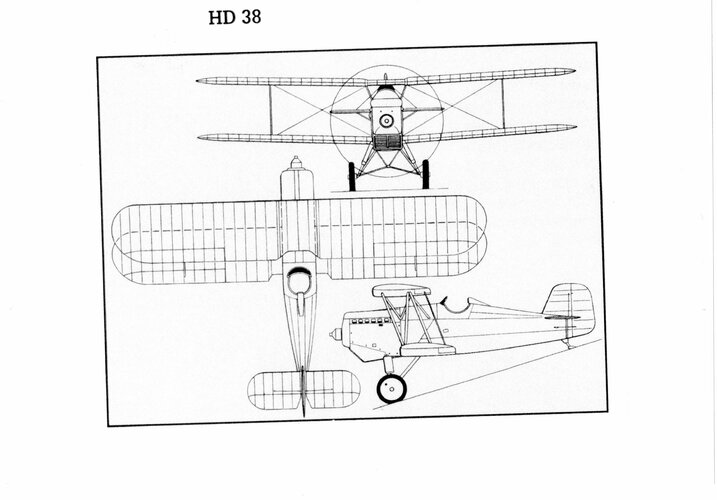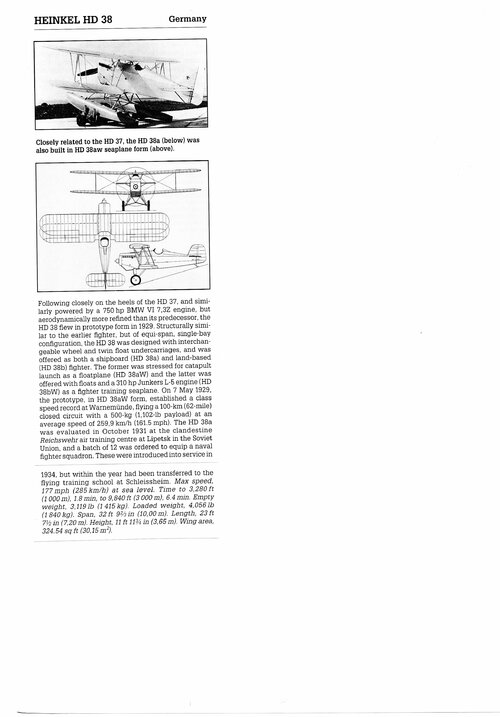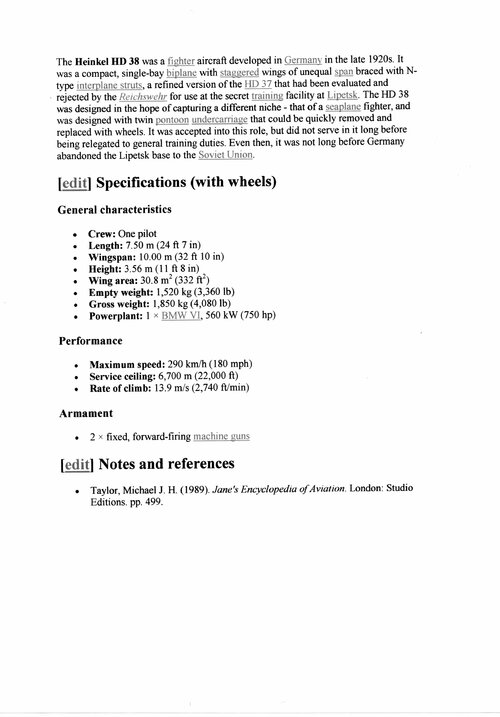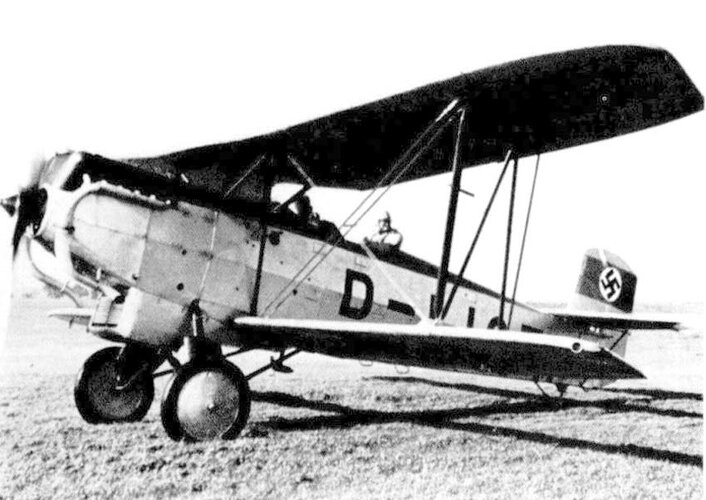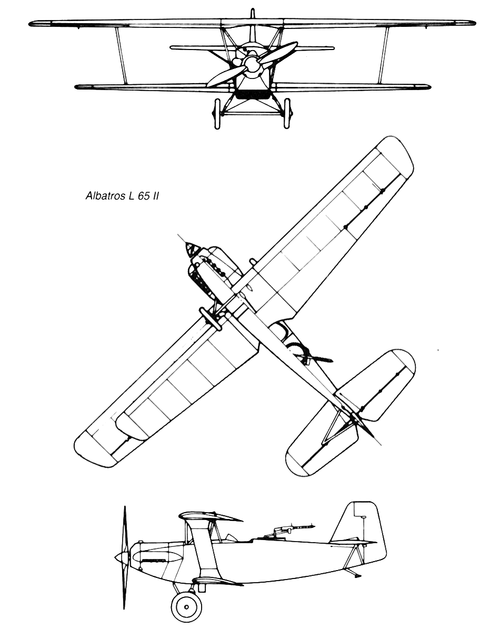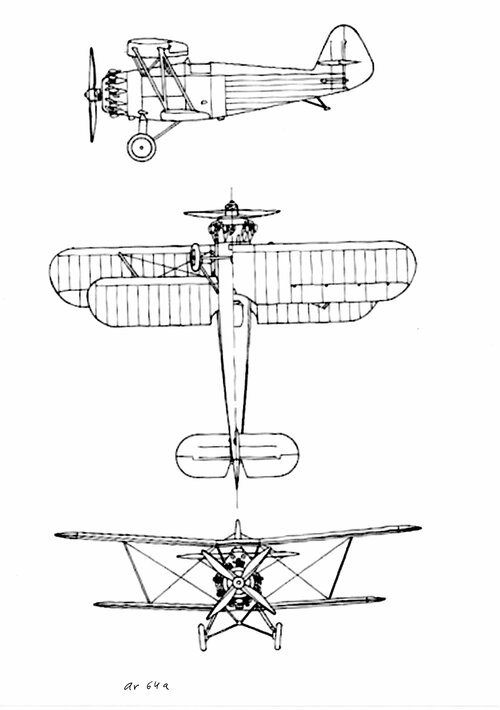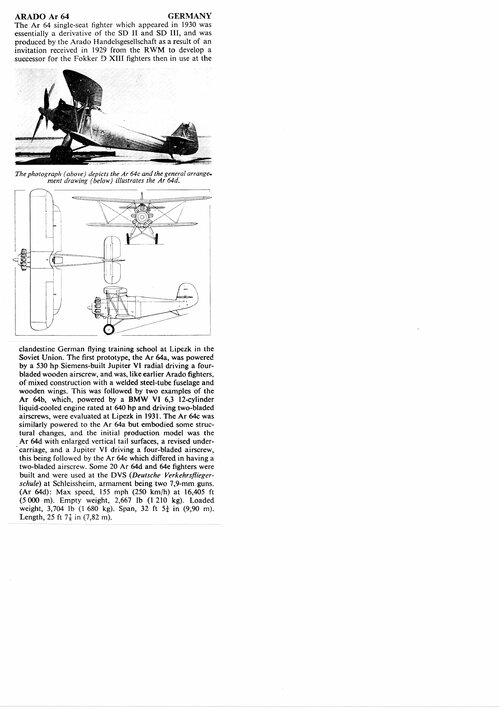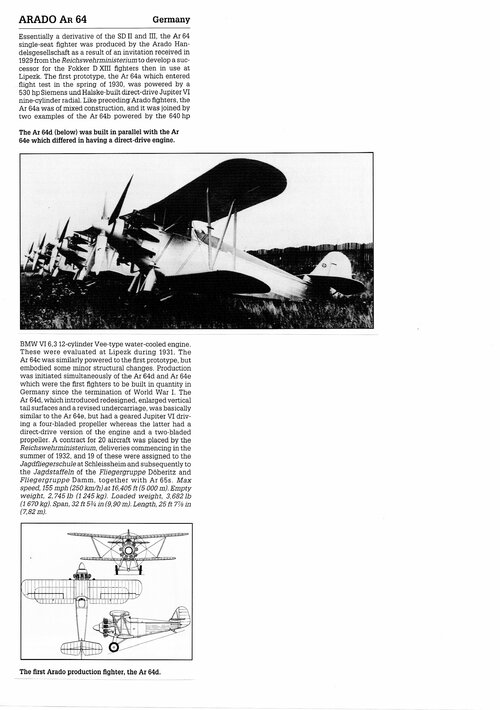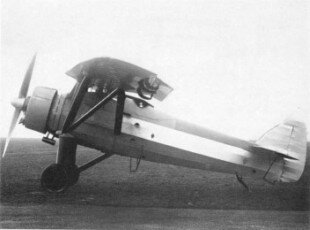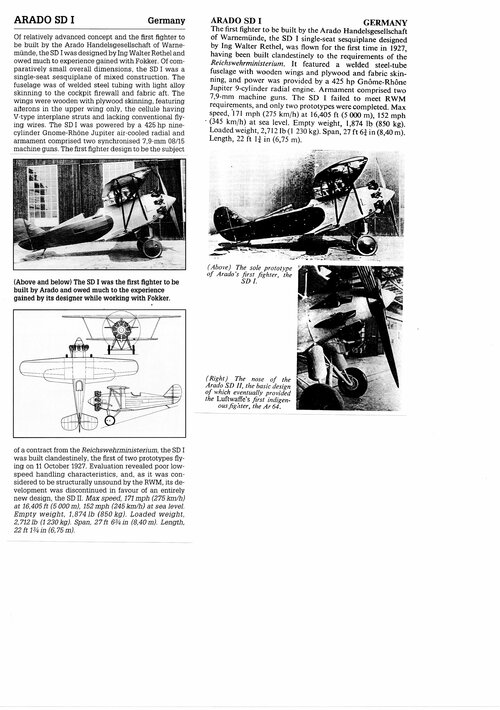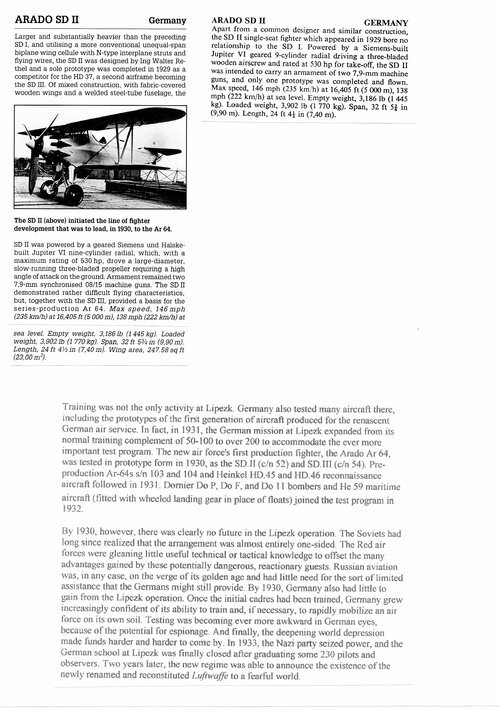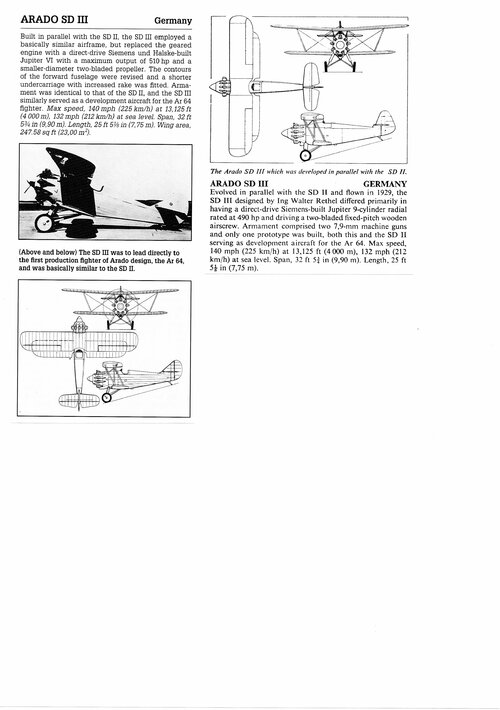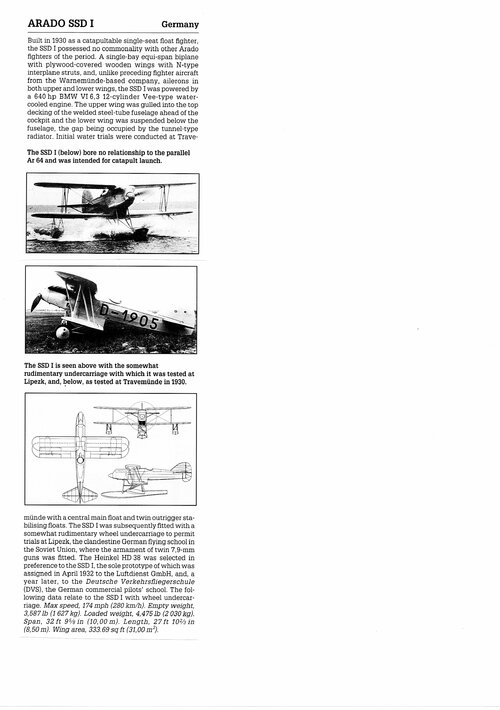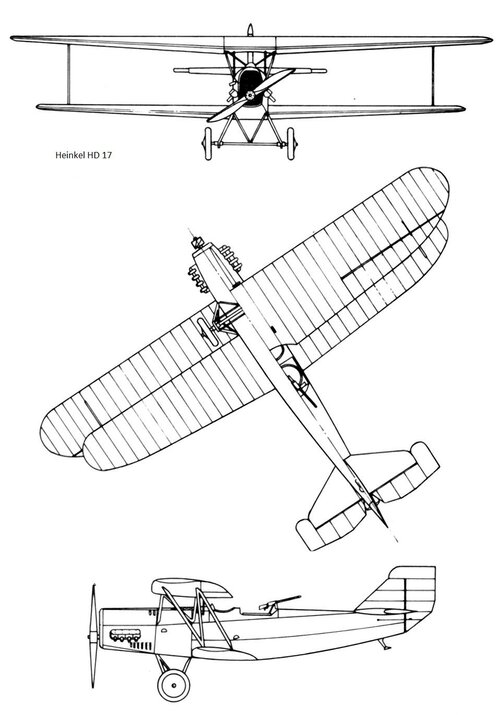- Joined
- 29 July 2009
- Messages
- 1,529
- Reaction score
- 1,548
This thread was created to discuss the projects, plans, facilities, operations, and historical implications of the German interwar flight test center and military pilot training school that was developed in secrecy between the Germans and the Russians. This airfield played an important role in the rearming of the Germans after World War I, contrary to the terms of the Treaty of Versailles, and for the reformation of the German Air Force (Luftwaffe) and their tactics.
As I am aware (and many of you) that most of the projects were operational in nature for the repurpose or conversion of civilian and sport aircraft for military duty, there were numerous aircraft that were purpose built for the Lipetsk center, both for flight test and tactical exploitation, or tested there and not placed into production. I am curious if there ever were any specifications for specific fighter designs that originated at or for the Lipetsk center. Also, if any other Russian aircraft besides the Ju-22 (built in the Junkers facility at Fili, USSR to evade the terms of the treaty and provided for the Soviets) were tested there. (Attached are the Lipetsk Flight Test Center, JU-22, and Fokker D.XIII)
As I am aware (and many of you) that most of the projects were operational in nature for the repurpose or conversion of civilian and sport aircraft for military duty, there were numerous aircraft that were purpose built for the Lipetsk center, both for flight test and tactical exploitation, or tested there and not placed into production. I am curious if there ever were any specifications for specific fighter designs that originated at or for the Lipetsk center. Also, if any other Russian aircraft besides the Ju-22 (built in the Junkers facility at Fili, USSR to evade the terms of the treaty and provided for the Soviets) were tested there. (Attached are the Lipetsk Flight Test Center, JU-22, and Fokker D.XIII)
Attachments
Last edited:

